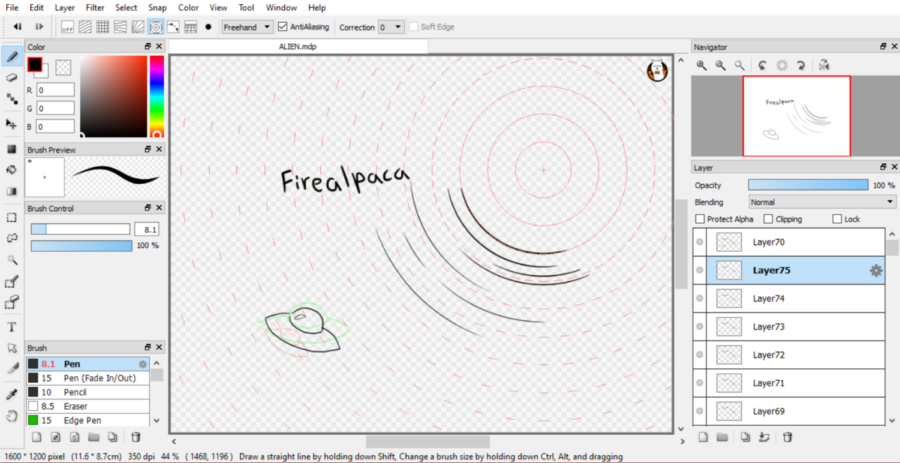
It’s an odd omission, when this built-in facility is offered not only by Toon Boom Studio, but also by cheaper rivals like DigiCel FlipBook. You can, of course, scan images using other applications first. In addition to common image formats, you can bring in. PSD files with layers intact, as well as QuickTime movies and Flash files in. There’s an extensive standard colour palette, as well as settings for gradients and transparency. It’s also possible to create high-quality scenes by importing textures in. PSD format, or add effects such as blurs and glows during post-production.Īnimation takes place on a layer-based timeline: you can use the Flash-style Motion method, with Animate interpolating the movement between keyframes, or you can follow a Stop-Motion route, with no digital interpolation. The camera position is also animated, so when creating a scene you can make use of multiplane camera moves. As in Toon Boom Studio, this is a depth-enhancing feature, where the action moves through stacked layers in the Z-axis. The simplest animation is layer-based, with objects following a motion path. You can add a trajectory layer called a Peg, to which you can attach drawings and other layers, then move, rotate, scale and skew them through three dimensions according to a path you specify.Īnother string to Animate’s bow is the ability to morph similar shapes (but not colours) over time. It’s a timesaving technique that’s more useful for effects animation, such as water or smoke, than character animation.

You can also make use of cut-out animation techniques, either for South Park-style cartoons, or more complex puppet control. A Cutter tool is provided for this, to chop a character model into discrete pieces ready for independent movement.

Special functions place the selections in layers to be animated individually.
Digicel flipbook onion skin Patch#
To fix gaps between limbs you can use classical articulation, where one limb overlays the other, or Patch articulation, where a colour-fill patch is drawn onto a third layer to cover the joint lines. To animate limbs, you set pivot points and then rotate, scale, skew, move and select with the Transform tool (Forward Kinematics). A selection of limb movements can be stored inside symbols, thereafter to be selected using the Library’s Drawing Substitution window and swapped in and out during animation.

You can also create a hierarchy of body parts in a simple drag-and-drop process, then control animation through Inverse Kinematics (IK). IK constraints, known as Nails, can be added to pin feet to the floor, or rigidly control movement. You can also set an easing preset so that the motion isn’t so mechanical. Like other high-end 2D software, Animate additionally offers a traditional hand-drawn route, with a frame-based Xsheet (or dope-sheet) to track the drawing workflow and establish timings.
Digicel flipbook onion skin skin#
You sketch a series of rough keyposes in the Drawing View for the main action, using the Onion Skin tool to create ghost views of the previous and subsequent movements, followed by a series of intermediate (breakdown, in-between and clean-up) stages creating and tracing all the rough drawings before painting.


 0 kommentar(er)
0 kommentar(er)
